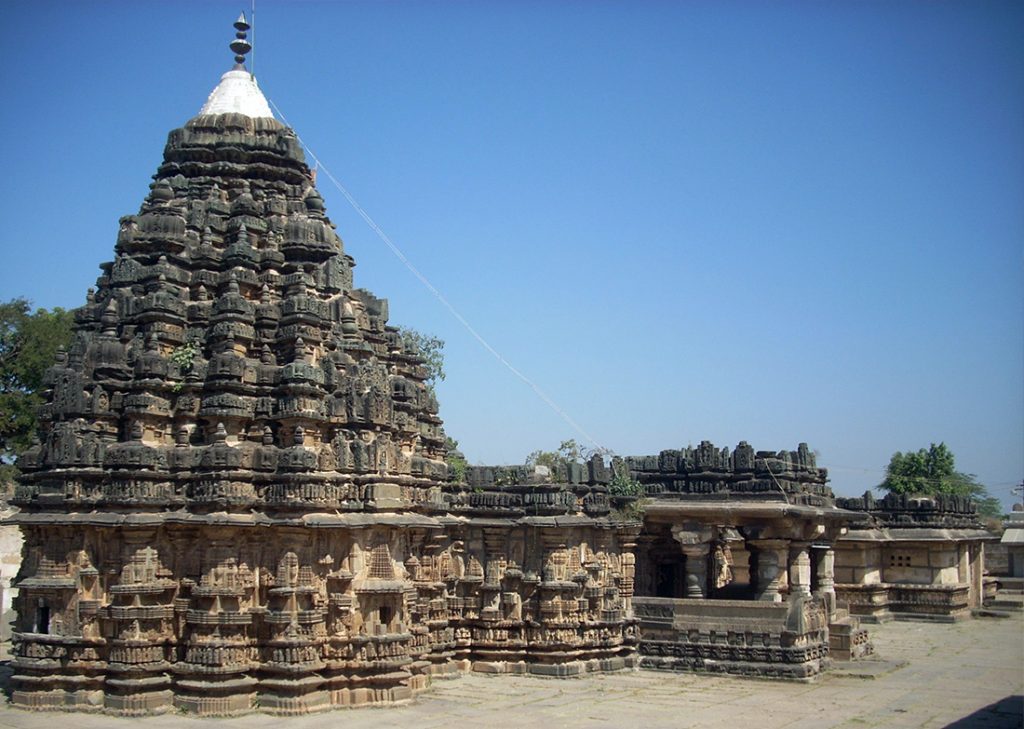
I reached Lakshmeshwara, a small town in the Gadaga district of Karnataka, with the intention of visiting one ancient temple and two ancient basadis. Only after reaching there, did I come to know that there are three more ancient temples. It was a hot summer day, and as I had to walk from one temple to another, it left me drained and short on time as well as breath at the end of the day. I could visit Someshwara Temple, Lakshmaneshwara Temple, Mahantayya Temple, Anantanatha Basadi, and Shantinatha Basadi. There was no time left to visit the Baleshwara temple and the Gollaleshwara temple.
In the inscriptions, this place is mentioned as “Puligere.” During the rule of the Chalukyas, it was a well-known Jain religious centre. Through inscriptions and his own poems, it is known that the Kannada poet of ancient times, Pampa, resided in Puligere and penned many of his poems. Apart from the Chalukyas, the Rashtrakutas and Kadambas have ruled this place.
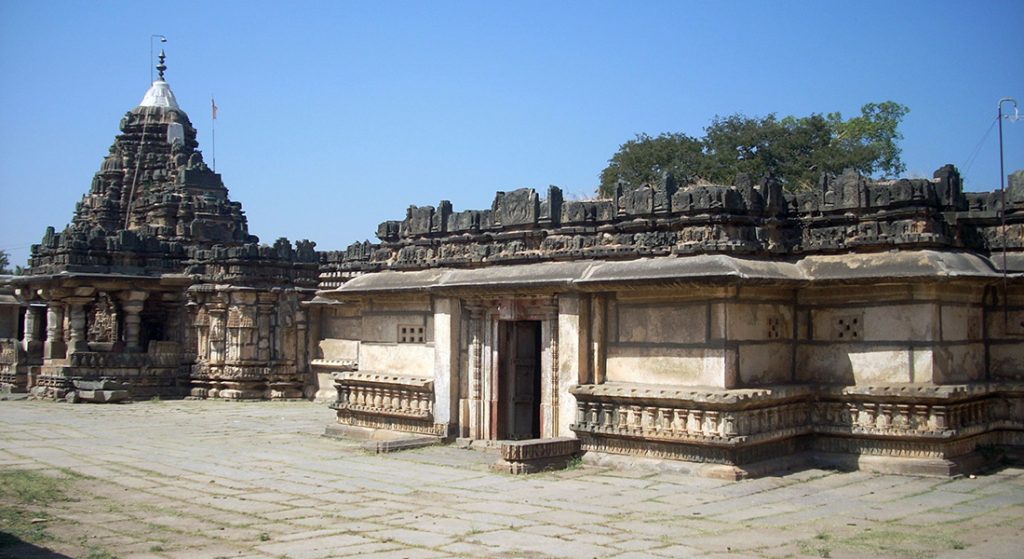
Someshwara Temple is the most famous temple of Lakshmeshwara. It was built towards the end of the 11th century in Chalukya style. Kannada poets of that era, Harihara and Raghavanka have made a mention of Bhagawan Someshwara in their poems. Local Jains whom I met claimed that it was originally a basadi before being converted into a temple. But looking at the architecture and rich sculptural designs, it is difficult to believe their claim.
This large ekakuta (single sanctum) temple consists of a 32-pillar mantapa, a navaranga of four pillars, antarala, and garbhagruha. Marble is laid on the floors of antarala and garbhagruha thus giving them a modern touch. In the garbhagruha apart from the Shivalinga, there is a unique murthi of Shiva and Parvati seated on Nandi. Here Parvati is shown seated behind Shiva, and when viewed from the front, she is not visible. A mirror is kept behind the murthi so that Parvati can be viewed by devotees. This is an exquisitely carved murthi in black stone.
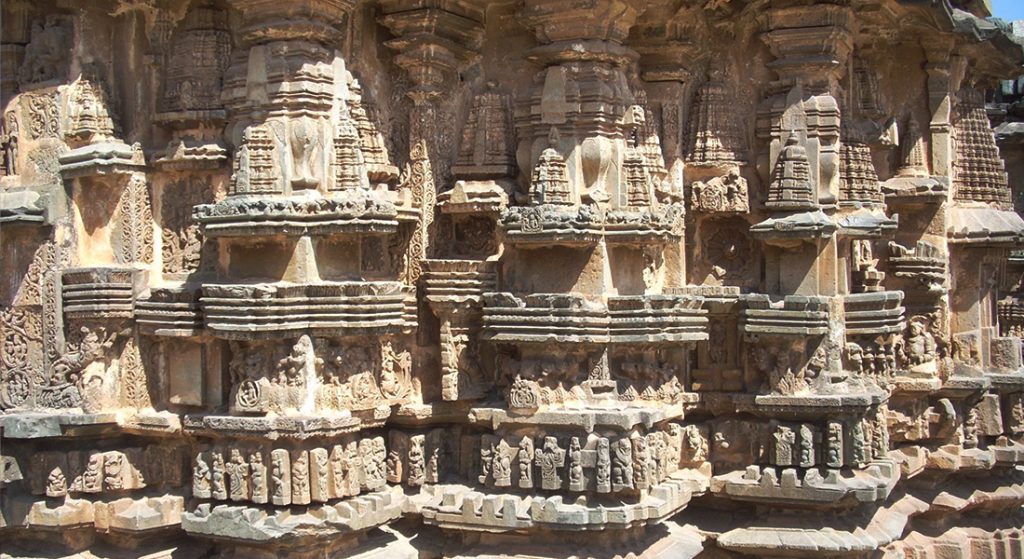

What impressed me most, apart from the Shiva Parvati idol, is the large mantapa. This 32-pillared artistic creation has entrances from three sides. It was used for religious and cultural activities that were regularly held at the temple. Navaranga has three entrances, too. Two of these entrances open from the exterior and have attractive mukhamantapas. The outer walls of the temple and the shikhara have attractive sculptures. ASI has repaired some of the damaged sculptures.
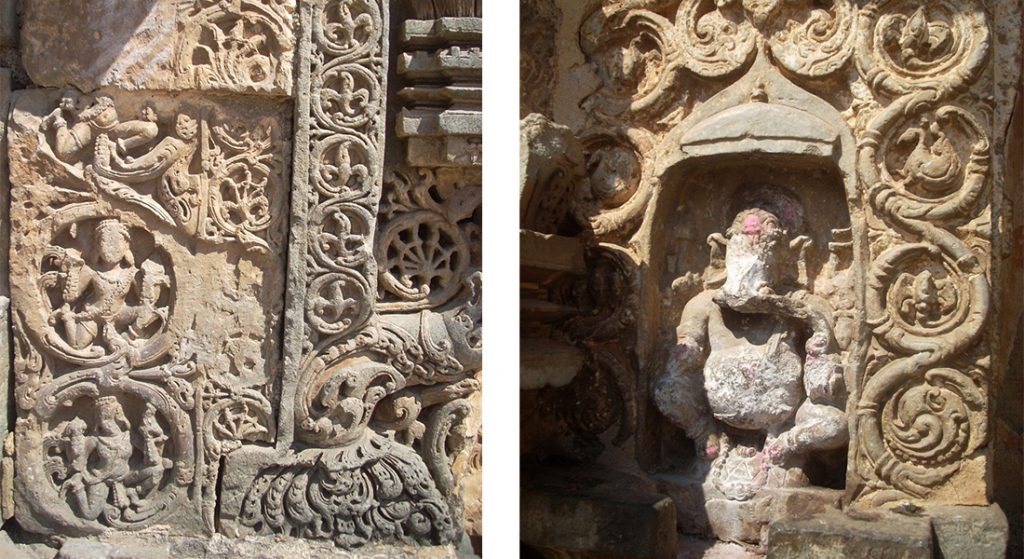
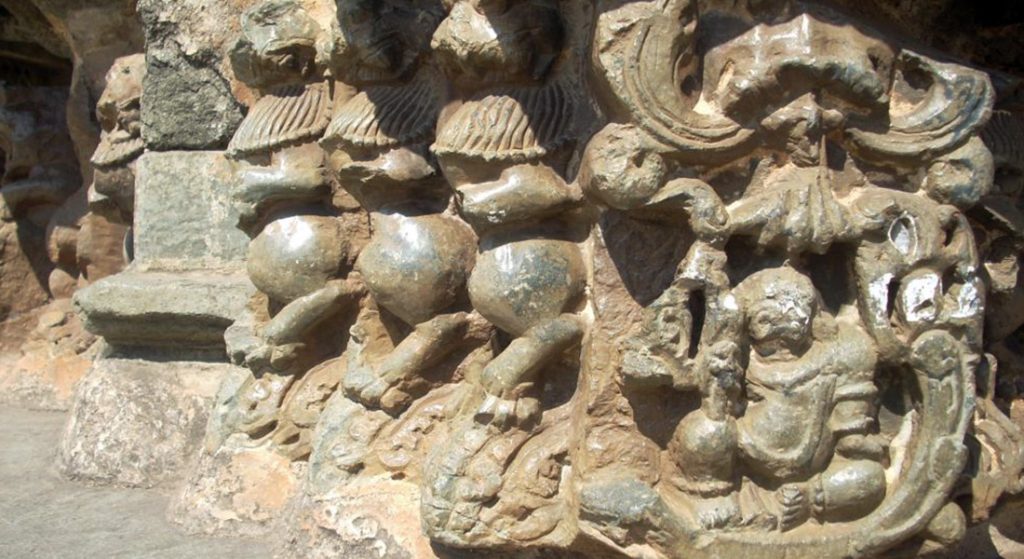
There is a beautiful rectangle-shaped Pushkarini behind the temple. It was filled with trash and cleaned about a decade ago. Now it holds clean water, and local kids swim and splash around. When I asked some locals why they were throwing trash in the pond, they responded that they thought it was a large trash hole constructed by the temple builders!!
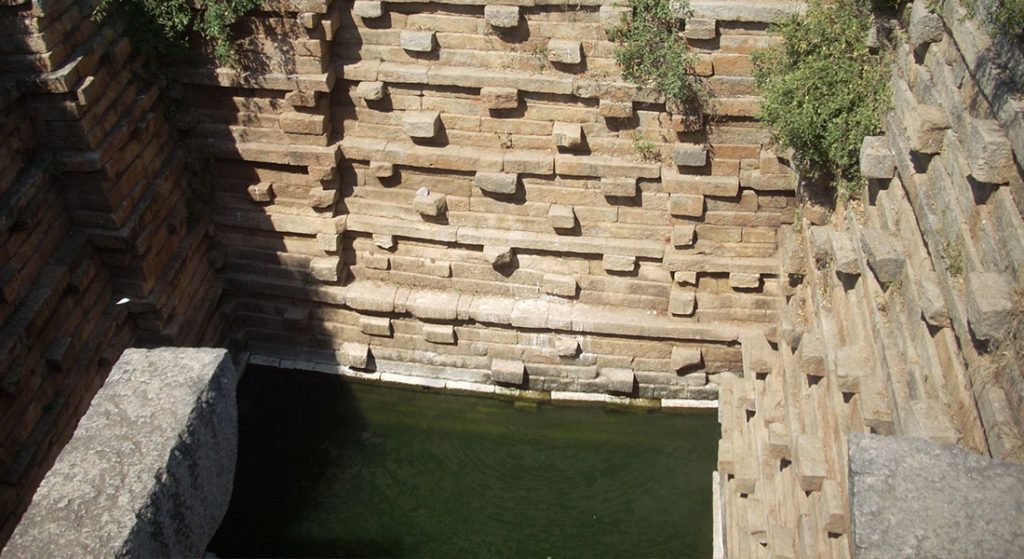

A walk of about ten minutes from Someshwara temple leads to Anantanatha Basadi. It was locked, and after enquiring with people at nearby houses, I learned that it remains closed for the most part of the day. They informed me of the location of the house of the person who has the key to the basadi, and again I had to walk there and back for about 15 minutes to get the key. It is a trikuta (three sanctums) basadi with plain outer walls.
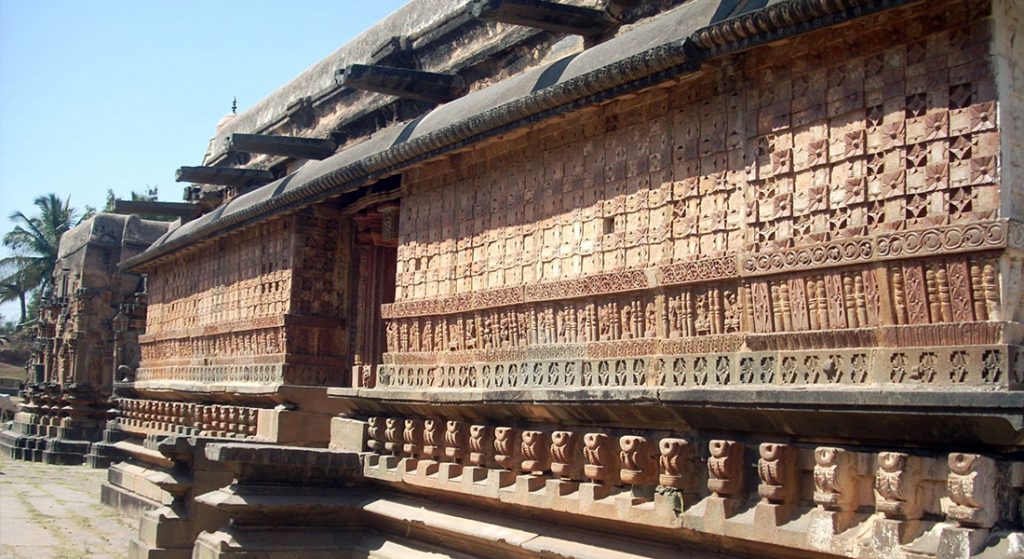
Next up was the Shantinatha Basadi. Thankfully this time I did not have to walk much as it is located short distance from Anantanatha Basadi. It is also known as Shankha (conch) basadi, as the conch is the symbol of this Tirthankara. Based on the structural evidence and the iconography of idols, historians opine that this basadi is the oldest structure in the town. Built on a foundation 5 feet high, it consists of a square-shaped mantapa of 16 pillars, the navaranga and the garbhagruha. A manastambha is in front of the basadi. It is believed that Kannada poet Pampa wrote his famous creation ‘Adi Purana’ at this basadi.
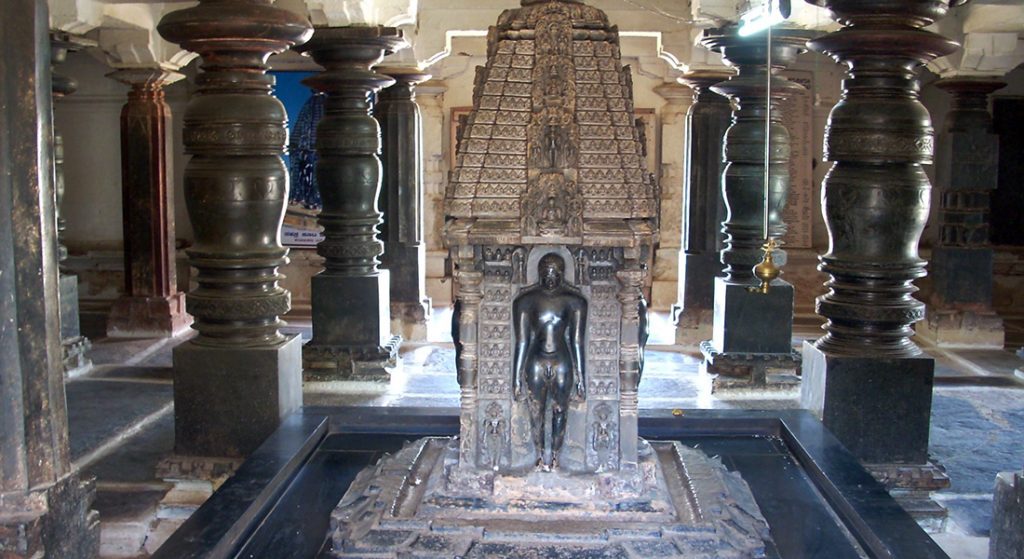
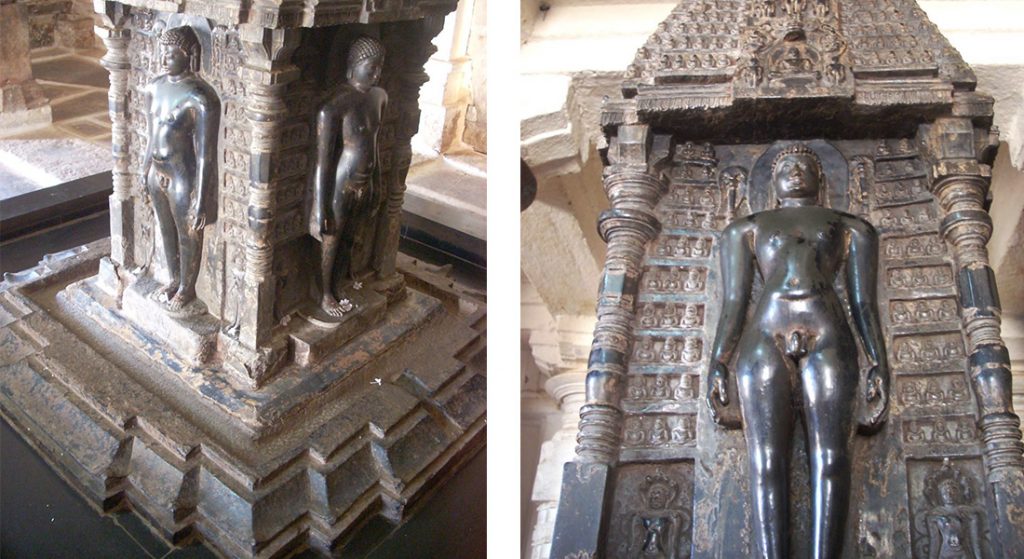
This basadi has three things that are not to be missed. The first attraction is the Sahasrakuta Jinabimba Idol. This 5ft tall idol is a masterpiece of art. It has 1000 Tirthankaras sculpted on a single piece of black stone. I could not take my eyes off it and spent a long-time marvelling at the nuances of this creation. This rare idol was found in a field on the outskirts of the town and is now kept in the basadi. The second attraction is the Pancha Parameshthi idol. This attractive idol, again sculpted in black stone, shows five Tirthankaras. They are shown beautifully, with two of them in dhyana mudra and 3 of them in samabhanga. The third attraction is a series of erotic sculptures on the outer wall, which are rarely seen in Basadi.
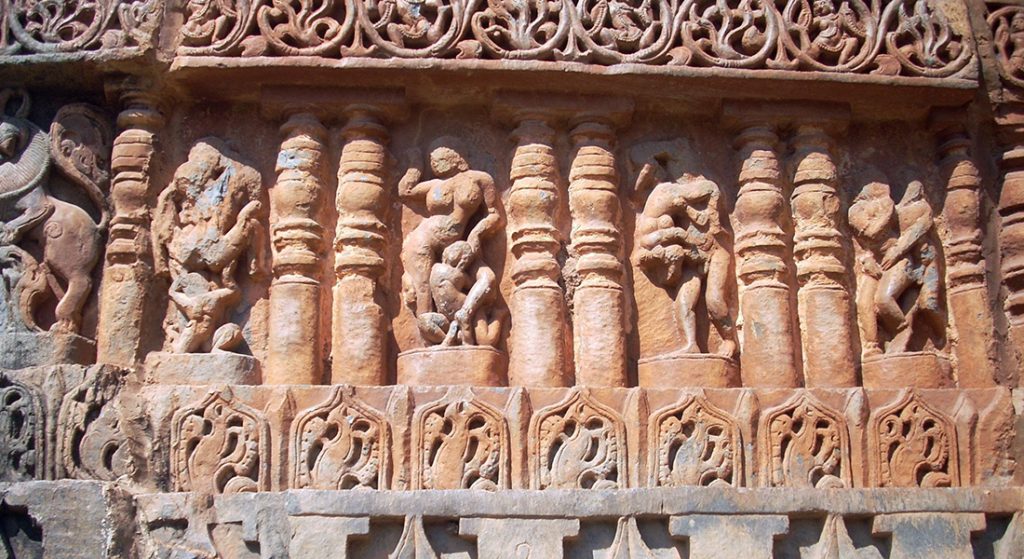
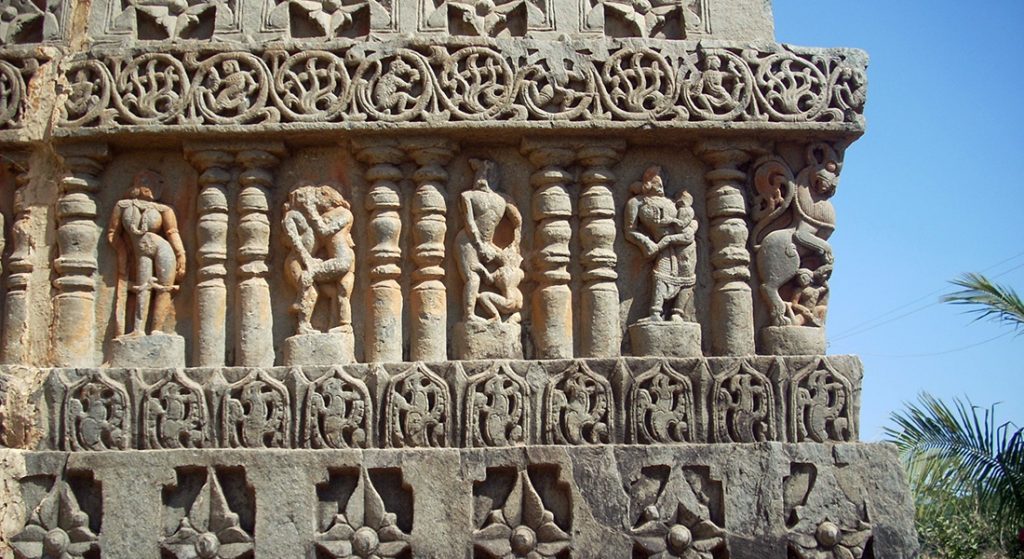
Local people of the Jain community have taken responsibility for the maintenance of these basadis, with one group managing the Anantanatha basadi and another group the Shantinatha basadi. Even today, ancient idols are found every now and then in the nearby fields. Such idols are placed in the basadi. The young man in charge of the temple allowed me to have a look at these idols with the condition of no photography. What attracted me among these idols was a long peetha sans any idols. It has 24 holes carved, which means that there were the idols of 24 Tirthankaras placed on this peetha. Now only the peetha remains, with no trace of the 24 idols it contained.

The name of the young man in charge of the Shantinatha basadi is Neminatha! He gave me more information about the other temples in the town. Though I was tired, I still had time to visit one more temple, and Neminatha agreed to guide me toward Lakshmaneshwara Temple.

Lakshmaneshwara Temple is in the old settlement of the town, which is some distance away towards the edge of the fields. Again, I had to walk. This temple is also known as Lakshmi Lingana Temple. It is in trikuta (three sanctums) style and has attractive sculptures on the exterior. One look at these sculptures, and it becomes evident that almost all of them have fallen off. ASI has picked them up and carefully placed them back in their original position after painstaking work. The temple has a very large mantapa, comprising 52 pillars and three entrances. All three garbhagruhas have independent antarala but a common navaranga. Only the main garbhagruha has a Shivalinga. The shikaras of the temple have fallen off.

Some distance from here, on a private property named Mahantayya’s farm, is the Mahantayya temple. It is a small temple with plain walls and has a Shivalinga in the garbhagruha. Now a long walk to the bus stand awaited me, and I had emptied the water bottle long ago. I filled my water bottle at a house and pushed myself towards the bus stand, which was more than 2 kilometres away. This visit to Lakshmeshwara was gratifying even though it remained incomplete.
Lakshmeshwara is a taluk headquarters in the Gadaga district of Karnataka state. It is situated 40 km from Gadaga and about 53 km from Haveri on the Bengaluru–Pune highway. Gadaga is the nearest rail station, and Hubballi, the nearest airport, is 53 kilometres away.
Article and Photos: Rajesh Naik
*The views expressed in the article are those of the writer alone. Chaloindiaworld.com does not own any responsibility in any form if there is any wrong representation of facts or places.


